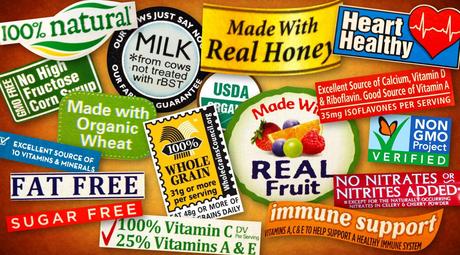
“Free-Range,” “Organic,” “All Natural,” “Whole Grain,” — words like these are all over grocery store items and restaurant menus these days!
It can be super confusing to know whether these words actually mean anything: whether a product labeled “all natural” is better than a product without that label, and how to make sure you’re not being misled by healthy-sounding product labels (when the product is actually not healthy at all).
Oftentimes food manufacturers will toss around these buzzwords on their labels as a way of making not-so-healthy food items seem good for you and homemade. But some labels are actually legitimate and will give you great information about the quality of that particular food item!
Here is The Picky Eater’s guide to navigating food labels: which labels are actually indicators of a healthier product, vs. which are just a marketing tactic to get you to buy more of something that’s not so great for you!
First Up: The Misleading Marketing Labels to Watch Out For
1) “All Natural” or “100% Natural”

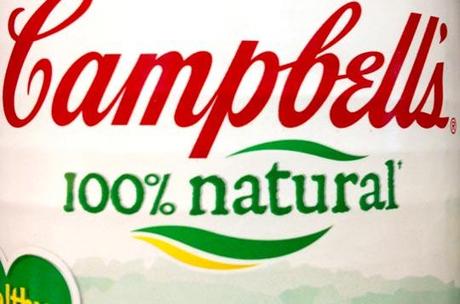
The term “natural” has no regulatory definition – no standards exist for this label which means it can be used on virtually any type of product and is pretty much meaningless. And unfortunately it’s often perceived by consumers as equivalent to organic or healthy, which it isn’t. USDA guidelines state that “natural” meat and poultry products can only undergo minimal processing and cannot contain artificial colors, artificial flavors, preservatives or other artificial ingredients. However, “natural” foods are not necessarily sustainable, organic, humanely raised, or free of hormones and antibiotics.
Bottom Line: A label that says “natural” or “100% natural” does NOT mean it’s healthy! It basically doesn’t mean anything, so feel free to ignore it as an indicator of a healthier food item.
2) og Trans Fat
Trans fats are bad, yes. And you should avoid any food product that is made with trans fats. So why is this label misleading? The problem with this label is that the FDA requires manufacturers to list trans fats only if they are present in amounts greater than 0.5 grams per serving. That means a food product could have trans fats in the amount of 0.4g per serving – but they can claim “0g Trans Fats” on their packaging. Since the American Heart Association recommends limiting trans fat consumption to less than 2g per day, those hidden half gram servings of trans fats can really add up!
Bottom Line: Don’t trust the “og Trans Fats” label on the front of the package. Instead, look at the ingredients list on the back of the package and make sure it doesn’t have partially hydrogenated vegetable oils, hydrogenated vegetable oils, or shortening listed.
3) Health promoting claims: “Made with Real Fruit,” “Immune Support,” “Heart Healthy,” etc.
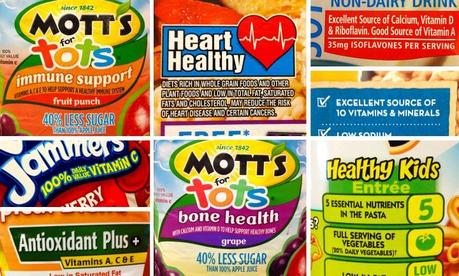
Once again, this is a label that is virtually meaningless. There are no standards to claim “immune support” or “heart healthy” or “real” on the label. Oftentimes products that claim “made with real fruit” are actually made with a tiny bit of fruit puree and a ton of sugar or artificial coloring. Similarly, “heart healthy” is a way to get around some of the FDA standards for labeling — and is more of a marketing tactic than anything else.
Bottom Line: These labels don’t mean anything, and are often a clue that the product actually isn’t healthy because it’s trying so hard to claim that it is

4) Fat Free
This label isn’t misleading (if the product says fat free, it has 0g fat). The problem with this is that oftentimes, food manufacturers will replace the fat in a particular food item with a bunch of sugar and artificial ingredients (because when you take out the fat, you take out the flavor and you have to replace it with something else). In these instances, the full fat version might actually be better for you and closer to a whole food than the fat free version! For example, 1% or 2% milk is better for you than fat free milk — the fat in the milk actually helps you absorb the calcium and other nutrients. And not all fats are bad — healthy fats are great for you!
Bottom Line: Fat free isn’t always healthier. And packaged products that say “fat free” probably have a lot of added sugar and other ingredients to compensate. Check out the ingredients label to make sure that the fat isn’t being replaced with less healthy ingredients!
Next Up: The Legitimate, Regulated Labels and What They Mean
1) Organic
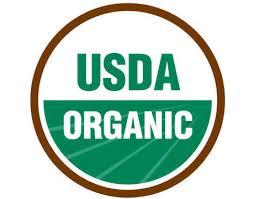
The key here is to keep an eye out for this USDA certification seal. Any product with this seal is guaranteed to meet the following guidelines:
- For crops, no irradiation, sewage sludge, synthetic fertilizers, prohibited pesticides, and genetically modified organisms were used
- For livestock, the seal certifies that the producers met animal health and welfare standards (positive soil building, conservation, manure management and crop rotation practices), did not use antibiotics or growth hormones, used 100% organic feed, and provided outdoor access and pasture for the animals.
- For packaged products with the seal, it means that 95 to 100 percent of its ingredients are organic.
Note: Products with 70 to 95 percent organic ingredients can still advertise “organic” ingredients on the front of the package, and products with less than 70 percent organic ingredients can identify them on the side panel. Organic foods prohibit the use of hydrogenation and trans fats as well.
2) rBGH-Free or rBST-Free

rBGH (recombinant bovine growth hormone) is a genetically engineered growth hormone that is injected into dairy cows to artificially increase their milk production. The hormone has not been properly tested for safety. Milk labeled “rBGH-Free or rBST-Free” is produced by dairy cows that never received injections of this hormone. Organic milk is rBGH free.
If you can, try buying all of your dairy organic, and at the very least make sure it is rBGh/rBST free.
3) Pasture-Raised, Grass-Fed, Free-Range, Cage-Free
“Pasture-raised” indicates that the animal was raised on a pasture and that it ate grasses and food found in a pasture, rather than being fattened on grain in a feedlot or barn. Pasturing livestock and poultry is a traditional farming technique that allows animals to be raised in a humane manner. This term is very similar to “grass-fed,” though the term “pasture-raised” indicates more clearly that the animal was raised outdoors on pasture.
“Free-Range” is only defined by the USDA for egg and poultry production. It can be used as long as the producers allow the poultry access to the outdoors. It doesn’t necessarily mean that the products are antibiotic-free, cruelty-free, or that the animals spent most of their time outdoors.
“Cage Free” means that the birds are raised without cages. What this doesn’t explain is whether the birds were raised outdoors on pasture, if they had access to outside, or if they were raised indoors in overcrowded conditions. If you are looking to buy eggs, poultry or meat that was raised outdoors, look for a label that says “Pastured” or “Pasture-raised.”
4) GMO Free
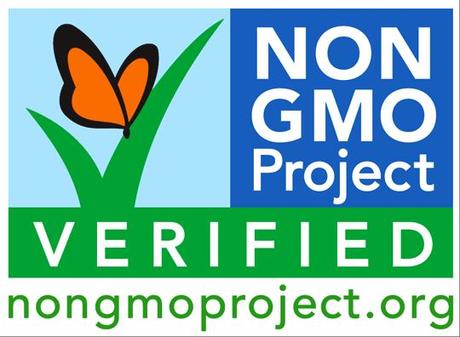
The Non-GMO Project Verified is U.S. and Canada’s only non-profit independent organization for third party testing and labeling for Non-GMO food products. Products with this seal are guaranteed to have been produced without being genetically engineered through the use of GMOs (genetically modified organisms). Genetic engineering is the process of transferring specific traits or genes from one organism into a different plant or animal.
5) Fair Trade
The “fair trade” label means that farmers and workers, often in developing countries, have received a fair wage and worked in decent conditions while growing and packaging the product.
And that is it! I hope this helps you in navigating all of those food labels and products out there. If there are other labels you have questions on that I haven’t listed here, definitely reach out in the comments of this post and I will get back to you!

